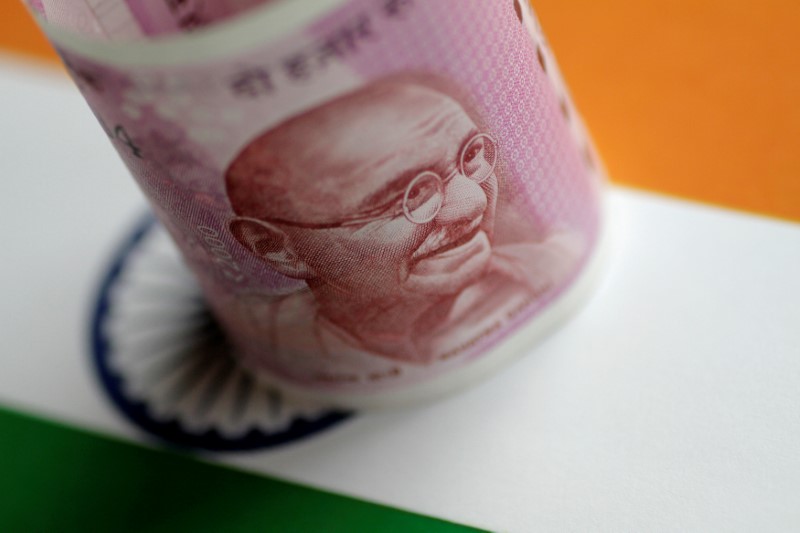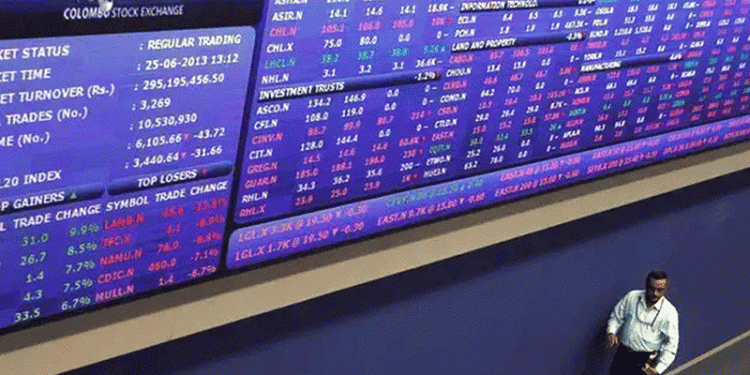 © Reuters. FILE PHOTO: Illustration photo of an India Rupee note
© Reuters. FILE PHOTO: Illustration photo of an India Rupee noteBy Patturaja Murugaboopathy
(Reuters) – Rising U.S. interest rates are considered likely to undermine the high-yielding Indian rupee and Indonesian rupiah, but less this time around than during the U.S. Federal Reserve’s 2013 ‘taper-tantrum’.
Both currencies have fallen sharply since the beginning of the year, alongside a rise in expectations for improved global growth and faster policy tightening by the Fed.
The Fed raised its interest rates by a quarter percent on Wednesday, and forecast two more hikes for 2018, highlighting its growing confidence that tax cuts and government spending will boost the U.S. economy.
The recent falls in the rupee and rupiah are reminiscent of the 2013 selloff when foreign investors fled emerging-Asia markets after the Fed signaled an end to ultra-easy crisis policy.
But analysts now point to higher real yields, healthier balance of payments accounts and expanded currency reserves as reasons to worry less about a recurrence.
“I don’t expect both Indian rupee and Indonesian rupiah to weaken to the extent that we saw in 2013 during the taper tantrum,” said Khoon Goh, head of Asia research at ANZ Banking Group in Singapore.
“The main difference is that the economic fundamentals in both India and Indonesia are much improved compared to 2013. While both countries still run current account deficits, the deficits have improved much in the last four to five years.”
Data from central banks showed the two countries have accumulated large reserves of foreign exchange since 2013, which could cushion them against financial shocks and volatility.
In January, India’s foreign reserves were a record $422 billion, while Indonesia’s hit a record $131 billion.
(GRAPHIC: India and Indonesis FX Reserves – http://reut.rs/2pvIdnO)
Though the yield premiums of Indian and Indonesian bonds over U.S. Treasuries have narrowed this year, their real yields – nominal yields adjusted for inflation – are still among the highest in emerging markets.
These higher real yields are also partly driven by moderate inflation, with the two oil-importing countries aiming to keep inflation under control even in the face of rising prices.
India’s annual wholesale price inflation eased for the third straight month in February after touching an eight-month high in November, while Indonesia’s headline inflation rate also slowed in the last month.
(GRAPHIC: India and Indonesia real rates – http://reut.rs/2GcKs99)
“It is too early to worry about overheating or a sharp rise in inflation given subdued credit growth in both economies,” HSBC said in a report this month.
Even though the two countries saw sharp foreign outflows in February, some analysts are bullish that money will flow back in coming months.
From June 1 rupiah bonds will be eligible for inclusion in the Bloomberg Barclays (LON:) Global Aggregate Bond Index, and some market participants expect the foreign investment limit in Indian bonds to be increased because it is nearing exhaustion.
HSBC expects $4 billion of new passive inflows into Indonesian bonds thanks to their inclusion in the global index. The bank also predicts an inflow of $7-8 billion into Indian government bonds if the foreign investment limit is raised by 1 percentage point to 6 percent.
The one sticking point is currency volatility. Foreigners have been reducing their holding of Indonesian bonds since early 2017 because the currency has not appreciated. An appreciating currency multiplies their return on bond holdings.
The rupee has fallen about 2 percent this year and the rupiah 1.3 percent. A further drop or increased volatility could cause more foreign portfolio investors to withdraw.
(GRAPHIC: Foreign flows into India and Indonesian assets – http://reut.rs/2pwOpLs)
ANZ’s Goh expects the rupiah to perform better than rupee this year.
“We are expecting a slight appreciation from current levels. We believe that the selloff seen in the rupiah since late January was little bit overdone and the rupiah is looking undervalued at current levels,” Goh said.
In real effective exchange rate (REER) terms – which is calculated on a trade-weighted basis against a basket of currencies and adjusted for inflation – the rupiah is currently trading 5 percent lower than its 10-year average. On the other hand, the rupee is trading 8 percent above its average.
“The rupee is slightly overvalued. There is further room for the rupee to weaken on the back of a slightly worsening current account and prospects for high inflation,” said Goh.
“But the depreciation will not be to that extent (as during taper-tantrum).”
Source: Investing.com




























